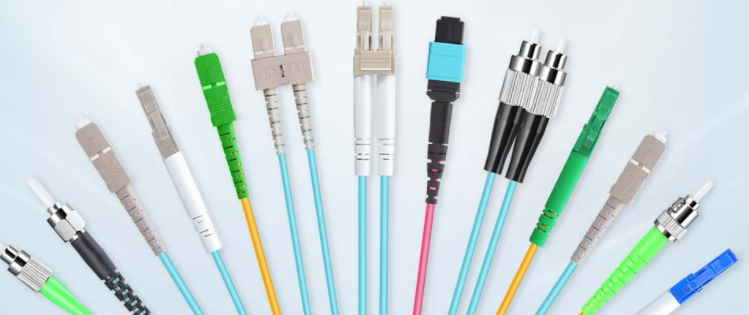Izvedbena uredba Komisije (EU) št. 182/2011 z dne 18. decembra 2011 o določitvijo pravil o spremembi Uredbe (EU) št. 1303/2013 Evropskega parlamenta in Sveta z dne 11. marca 2011 o določitvi postopkov za izvajanje tehničnih standardov.
Naslov: Shenyang, Liaoning, Kitajska.
Kontaktna oseba: direktor Zhang
Telefon: 400-964-1314.
Mobilni telefon: 86 13904053308
.. . . . . . . . . . .
2024-05-18 2351
Fiber Cable Types: A Guide to Finding the Ideal Solution for Your Needs
I. Overview of Fiber Optic Cables
Fiber optic cables are communication cables that utilize light waves to transmit information through optical fibers. They are renowned for their high speed, large capacity, low loss, and strong anti-interference ability, making them widely used in telecommunications, the internet, broadcast television, and other fields. Fiber optic cables are composed of optical fibers, claddings, strength members, and protective coatings, with their performance and quality directly affecting the effectiveness and stability of information transmission.

II. Types of Fiber Optic Cables
Single-Mode Fiber Optic Cable
Single-mode Kabel za optično vlaknos can only transmit one mode of light wave, with a relatively small core diameter of 8-10 micrometers. Due to the single transmission mode, single-mode Kabel za optično vlaknos offer higher bandwidth and longer transmission distances. They are suitable for long-distance, high-speed data transmission and voice communication applications.
Multi-Mode Fiber Optic Cable
Multi-mode Kabel za optično vlaknos can transmit multiple modes of light waves, with a larger core diameter of 50 or 62.5 micrometers. While their transmission distance is shorter, they offer a lower cost. Multi-mode Kabel za optično vlaknos are suitable for short-distance, high-capacity data transmission and local area network connections.
Dispersion-Shifted Fiber Optic Cable
Dispersion-shifted Kabel za optično vlaknos are a special type of single-mode Kabel za optično vlaknos that optimize the fiber structure and materials to reduce the dispersion effect during light transmission. This enables them to maintain high-speed transmission while achieving longer transmission distances and Več stable performance. They are suitable for ultra-long-distance, high-speed transmission applications.
Plastic Optical Fiber Cable
Plastic optical fiber cables use plastic as the material for optical fibers. Compared to traditional glass fibers, they offer lower costs, lighter weight, and better flexibility. Plastic optical fiber cables are suitable for short-distance, low-speed data transmission and lighting applications.
III. How to Choose the Right Fiber Optic Cable Type
In selecting the appropriate Kabel za optično vlakno type, you should consider the following factors:
Transmission Distance: Choose a suitable transmission distance range based on your actual needs.
Transmission Rate: Select a suitable transmission rate based on your business requirements.
Cost Budget: Consider the cost differences between different types of Kabel za optično vlaknos and choose a product that fits your budget.Www.adsscable.cn
Application Scenario: Combine your actual application scenario to choose the most suitable Kabel za optično vlakno type.
IV. Conclusion
Fiber optic cables play a crucial role in modern communication networks, and the choice of their type and performance directly affects the effectiveness and stability of information transmission. By understanding the characteristics and applicable scenarios of different types of Kabel za optično vlaknos, you can select the right product based on your actual needs. I hope this article provides you with valuable reference and assistance in choosing Kabel za optično vlaknos.